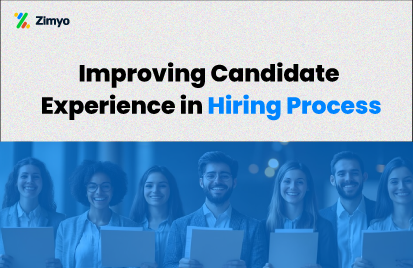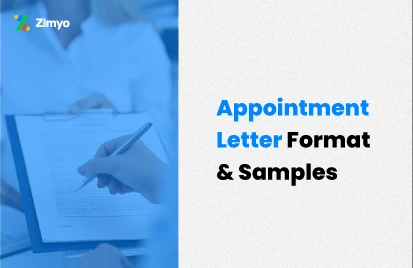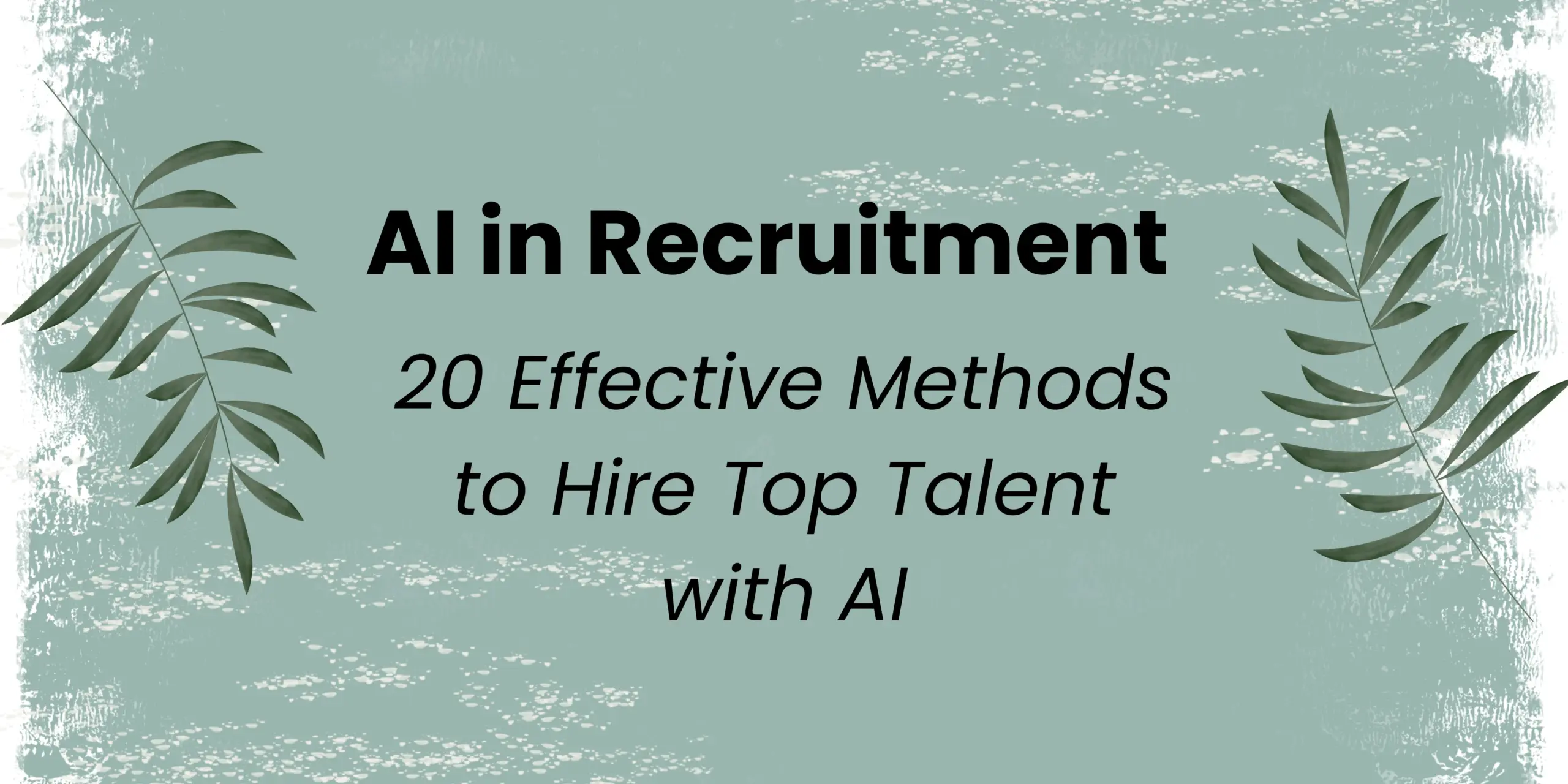Are you interested in knowing what goes on behind the scenes when an HR manager goes on a mission to find the perfect candidate for a particular role? Then read on our blog, as here, we will throw light over the whole hiring process from scratch. We will also discuss the role of HR in talent acquisition.
So, hiring is a detailed and strategic process. And the HR department plays a very important role in encountering and completing this whole process. To be precise, HR is not just for hiring people. Instead, it’s meant for acquiring the right talent that goes in accordance with the long-term goals of the company. Here, by “right talent”, we mean, the “right people” or the “right human resource”. So, let us discuss the role of HR in talent acquisition and how they manage this crucial responsibility so effectively! Remember, HR is more than just filling open positions.
Introduction to Talent Acquisition
If you think recruitment is talent acquisition, then you are wrong! It’s much more than that. On one side, recruitment means filling immediate vacancies. While on the other side, talent acquisition looks much beyond that. It focuses on building relationships with the right talent, who have the potential to grow with the company. And the responsibility for this major task goes to the HR department. Imagine the efficiency needed!
The role of HR in talent acquisition has become much more important in today’s times. In the previous years, the main role of HR was to handle all the administrative tasks of the company. But now, in recent years, things have taken a major turn. Today, HR managers design and implement clear strategies for hiring the right talent. Thus, making sure that the company attracts and retains the best talent.
In modern times, the role of HR involves the following:
- Understanding business needs
- Sourcing the right talent
- Implementing strategies that enhance employee engagement & retention
The Talent Acquisition Process
Now, let’s break down the talent acquisition process into a step-by-step process:
1. Sourcing & Lead Generation
HR’s first task is to source potential candidates. They do this by attending industry events, engaging in online forums, or utilizing job boards and social media. Many tech-savvy companies now rely on applicant tracking systems (ATS) to manage resumes and candidate profiles efficiently.
2. Employer Branding
When attracting top talent, the company’s reputation is very crucial. The better is a company’s reputation; the better talent they attract! This aspect goes hand-in-hand. Candidates are more likely to apply for a position if they know and trust the brand. It’s as simple as that! A strong employer brand builds trust and attracts quality candidates. Negative reviews or a lack of brand presence can push away potential talent.
3. Interviewing & Assessing
Next comes the interviews. After a potential candidate has applied, it’s the responsibility of the HR to connect with the prospect. And let’s be clear, interviews are more than just asking questions. It’s now a normal conversation of asking and answering. Rather, it’s strategically designed and customized according to each individual candidate. Depending upon the position, roles and requirements. HR professionals design interview questions in a way that assess not only skills but also how well a candidate fits with the company’s culture.
For example, if hiring for a leadership role, then you, as an HR professional, will have to assess the problem-solving and decision-making skills of the candidate. Which can be done through behavioral interviews.
4. Reference Checks
After narrowing down the top candidates, HR performs reference checks. In this step, the candidate’s history is checked. The HR verifies whether the claims stated by the candidate regarding the experience & education are factually correct or not. Moreover, HRs also verify whether the candidate’s history aligns with the position or not. It also helps in verifying their previous achievements. It’s a form of second opinion before hiring. This whole step or process is also called background verification.
5. Final Decision
At this stage, HR uses the applicant tracking system to organize all the data gathered during the hiring process. It is a high-tech software which helps to store candidate’s information for reference and future use, all online. From test results to interviews, everything is centralized. Resultantly, making sure that the best candidate is selected quickly and accurately.
6. Onboarding
At this step, the “candidate” becomes the “You might think the process ends when a candidate is hired. Onboarding is the process of smoothly integrating new hires into the company. It includes the following:
- Familiarize the new employees with their roles,
- Introducing the culture of the organization and,
- Stating the expectations from the employee.
A smooth onboarding process helps new employees feel welcomed & integrated into the team. Finally, the role of HR in talent acquisition is to help new hires understand the role & culture from day one.
Source top-tier talents from talent pools!
HR’s Role Beyond Hiring
1. Compensation & Benefits
A competitive compensation package plays a significant role in attracting and retaining employees. HR must decide on the right balance of salary, benefits, and bonuses to hire and retain top talent.
2. Employee Engagement
Once employees are hired, HR focuses on keeping them engaged. Regular feedback sessions, mentorship programs, and clear growth paths are some of the tools HR uses to make employees feel valued.
3. Reward Systems
Everyone likes recognition, right? Rewarding employees for their hard work is a key function of HR. It can be anything from a simple “Employee of the Month” title to bonuses and paid vacations.
Welcome employees in a way they'll never forget!
Why HR Matters in Talent Acquisition
Without HR, the talent acquisition process wouldn’t be as smooth or efficient. They do more than just recruiting. They build relationships with candidates, retain the best fit for the company, and keep employee morale high. Companies that invest in HR talent acquisition strategies tend to see higher employee retention rates and better overall performance.
For example, research has shown that companies with strong talent acquisition processes experience a 40% improvement in employee retention. In today’s competitive job market, that’s a necessity.

Technology and HR
Technology has streamlined the HR operations. Using applicant tracking systems (ATS) and requisition management software, HR professionals can streamline the recruitment process. Automation allows them to focus on building relationships rather than spending hours on manual tasks. In fact, companies using ATS software report a 30% faster hiring process.
Conclusion
The role of HR in talent acquisition is vast and critical to a company’s success. From sourcing candidates to onboarding and employee engagement, HR ensures the right people are in the right roles, helping the company grow and thrive. If you’re an HR professional or someone interested in this field, remember: talent acquisition is about more than just filling roles. It’s about finding the best talent that will grow with the company and contribute to its long-term success.
Zimyo—The Best Recruitment Software
Willing to transform your hiring process and take your HR management to the next level? With Zimyo’s AI-powered HRMS and Recruitment Management Software, you can streamline your talent acquisition, engage top candidates, and pay your teams effortlessly. No matter where they are in the world. Zimyo is trusted by 2,000+ customers and 500,000+ users across 50+ countries. It is the #1 HRMS for small and medium businesses, offering a seamless experience with 4.5+ star ratings on global platforms like G2, Capterra, and Glassdoor.
Whether you’re looking to speed up your recruitment process by 2X or simplify your HR needs in one platform, Zimyo is your go-to solution. Discover how Zimyo can help you find, hire, and retain the best talent faster than ever. Schedule a demo today!
Try Zimyo now and experience the future of talent acquisition!




